How Do Digital Cameras Work ?
Digital cameras work by capturing light through a lens and converting it into digital signals that can be stored on a memory card. When you press the shutter button, the camera's image sensor captures the light that enters the lens and converts it into electrical signals. These signals are then processed by the camera's image processor, which converts them into a digital image that can be stored on a memory card. The quality of the image depends on the resolution of the image sensor, which is measured in megapixels. The higher the resolution, the more detail the camera can capture. Digital cameras also have various settings and features that allow you to adjust the exposure, focus, and other aspects of the image. Some cameras also have built-in filters and effects that can be applied to the image before it is saved. Overall, digital cameras have revolutionized the way we capture and share images, making it easier and more convenient than ever before.
1、 Image Sensor Technology
Image Sensor Technology is the key to how digital cameras work. The image sensor is a small electronic device that captures light and converts it into an electrical signal. This signal is then processed by the camera's image processor to create a digital image.
There are two main types of image sensors used in digital cameras: CCD (Charge-Coupled Device) and CMOS (Complementary Metal-Oxide-Semiconductor). CCD sensors were the first to be used in digital cameras and are still used in some high-end models. CMOS sensors, on the other hand, are more commonly used in modern digital cameras due to their lower power consumption and faster readout speeds.
When light enters the camera through the lens, it passes through a series of filters and is focused onto the image sensor. Each pixel on the sensor captures a small amount of light and converts it into an electrical charge. The charges from all the pixels are then read out and converted into digital data by the camera's image processor.
The latest advancements in image sensor technology have focused on improving low-light performance and increasing resolution. Some cameras now use backside-illuminated (BSI) sensors, which move the wiring to the back of the sensor to allow more light to reach the pixels. Others use stacked sensors, which separate the pixel and processing layers to improve image quality and reduce noise.
In conclusion, digital cameras work by using image sensor technology to capture light and convert it into a digital image. The type of sensor used and its advancements play a crucial role in determining the camera's performance and image quality.
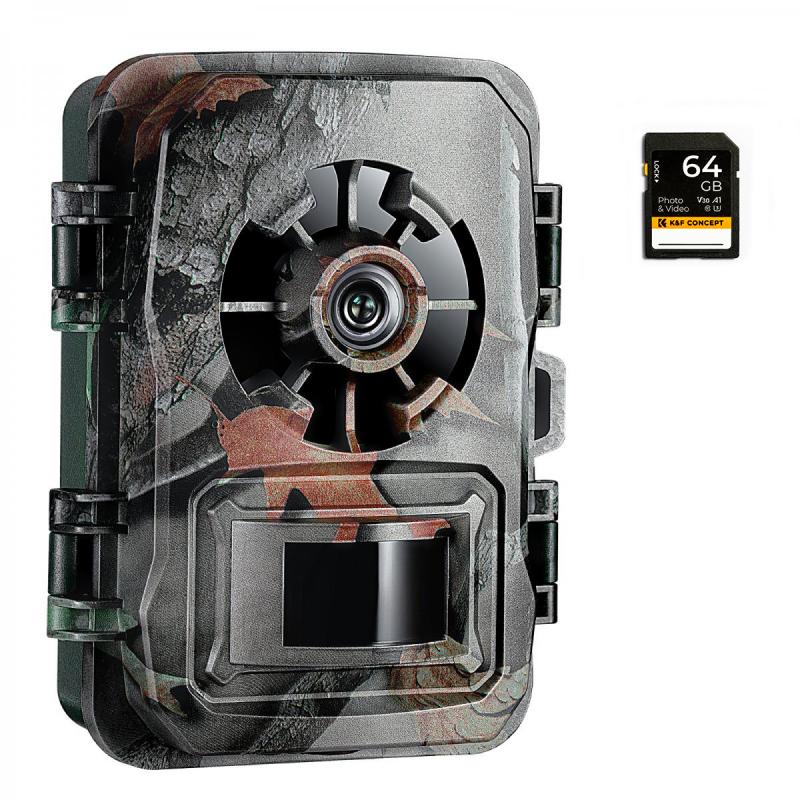
2、 Optics and Lens Design
Optics and Lens Design are the key components of digital cameras. The lens captures the light and focuses it onto the image sensor, which converts the light into digital signals. The image sensor is made up of millions of tiny light-sensitive pixels that record the intensity and color of the light that hits them. These digital signals are then processed by the camera's image processor, which applies various algorithms to enhance the image quality and reduce noise.
The latest point of view on digital cameras is that they have evolved significantly over the years. The latest digital cameras are equipped with advanced features such as high-resolution sensors, fast autofocus systems, and advanced image stabilization technologies. They also come with a range of shooting modes and settings that allow photographers to capture images in different lighting conditions and situations.
In addition, digital cameras have become more compact and portable, making them ideal for travel and outdoor photography. They also offer the ability to shoot high-quality video, making them a popular choice for vloggers and content creators.
Overall, digital cameras work by using optics and lens design to capture light and convert it into digital signals. The latest advancements in technology have made digital cameras more powerful and versatile than ever before, allowing photographers to capture stunning images and videos with ease.
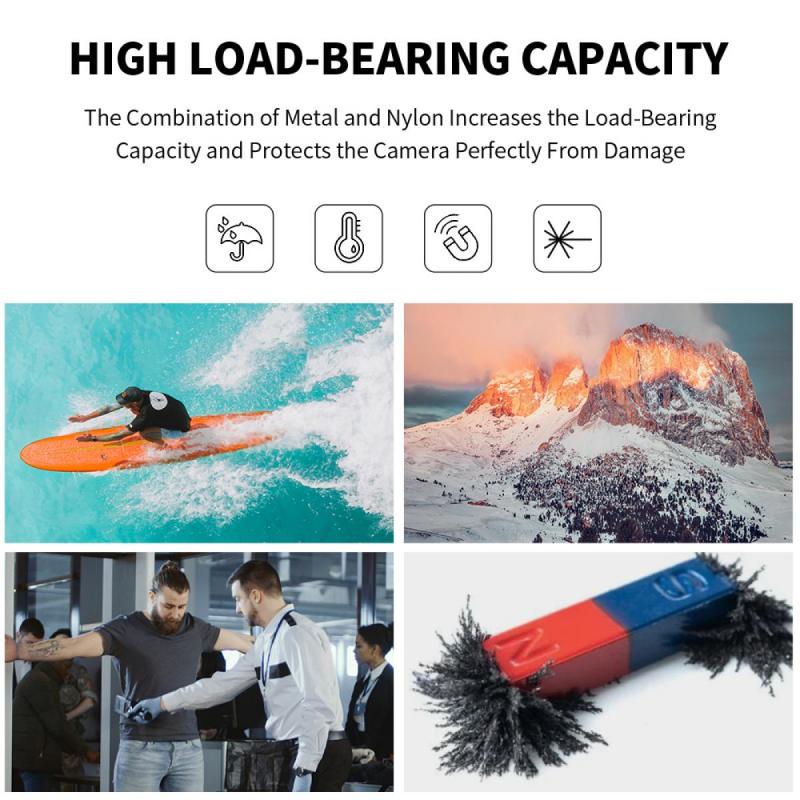
3、 Image Processing and Compression
Digital cameras work by capturing light through a lens and converting it into digital data that can be stored on a memory card. The process starts with the lens, which focuses the light onto a sensor made up of millions of tiny pixels. Each pixel measures the amount of light that hits it and converts it into an electrical signal. These signals are then processed by a digital signal processor (DSP) to create a digital image.
The DSP performs a number of functions, including color correction, noise reduction, and image sharpening. It also compresses the image data to reduce the file size and make it easier to store and share. This compression is typically done using a lossy algorithm, which means that some information is discarded in order to achieve a smaller file size. However, the compression is designed to be visually imperceptible, so the image quality is not significantly affected.
In recent years, there has been a growing interest in using artificial intelligence (AI) to improve image processing and compression. AI algorithms can be trained to recognize patterns in images and make intelligent decisions about how to process and compress them. This can lead to better image quality and smaller file sizes, which is particularly important for applications like mobile photography and video streaming.
Overall, digital cameras rely on a combination of optics, electronics, and software to capture and process images. As technology continues to evolve, we can expect to see further improvements in image quality, speed, and convenience.
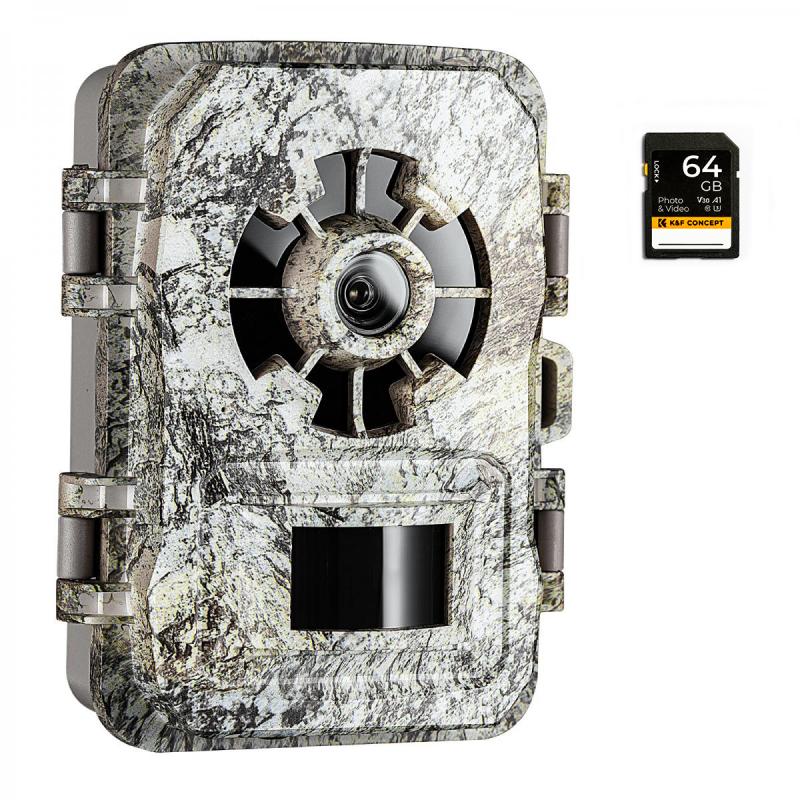
4、 Storage and Memory
Digital cameras use a combination of storage and memory to capture and store images. When a photo is taken, the camera's image sensor captures the image and converts it into digital data. This data is then stored on a memory card, which can be removed from the camera and inserted into a computer or other device for viewing and editing.
The amount of storage available on a memory card varies depending on the type of card and the camera's settings. Some cameras also have built-in memory, which can be used to store images if a memory card is not available.
In addition to storage, digital cameras also use memory to process and manipulate images. The camera's processor uses memory to apply filters, adjust exposure settings, and perform other image processing tasks. This allows photographers to adjust their images in real-time, without the need for a computer or other external device.
The latest point of view on storage and memory in digital cameras is the increasing use of cloud storage. Some cameras now have built-in Wi-Fi or Bluetooth connectivity, allowing images to be uploaded directly to the cloud for safekeeping and easy access from any device with an internet connection. This eliminates the need for physical storage devices and allows photographers to access their images from anywhere in the world.
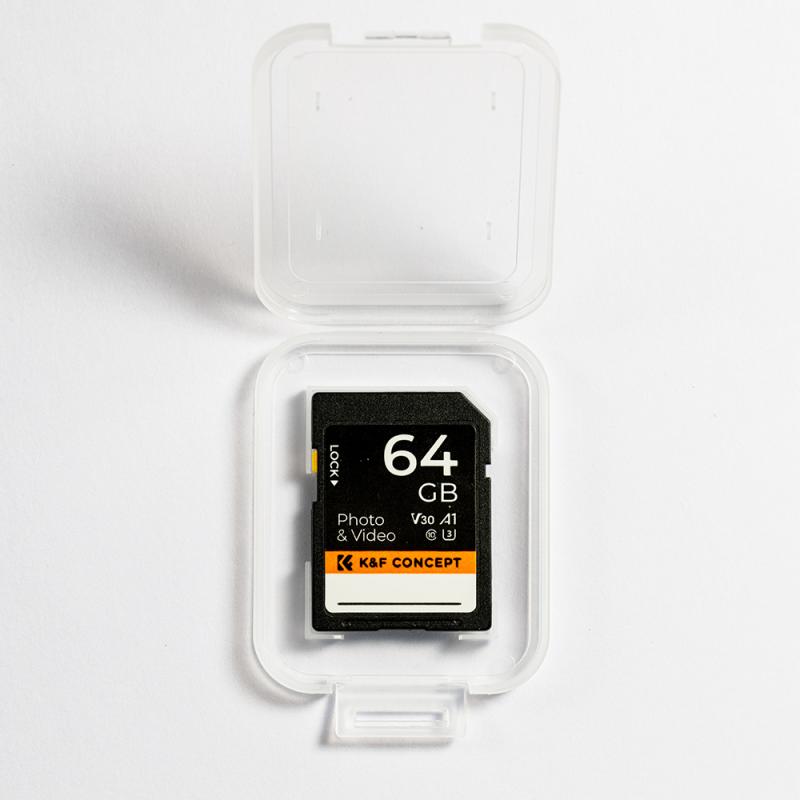










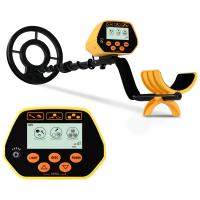

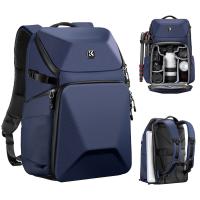
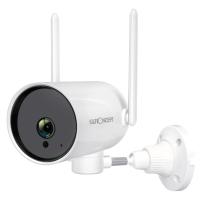


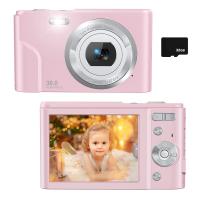


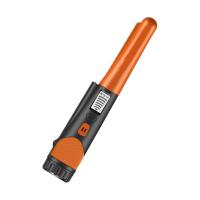

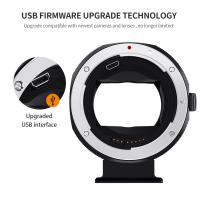


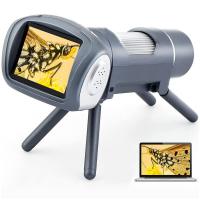
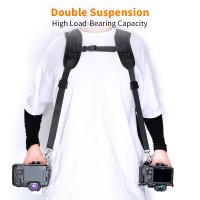
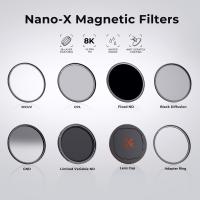
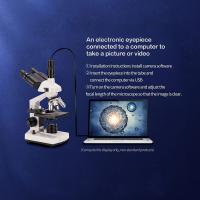
There are no comments for this blog.